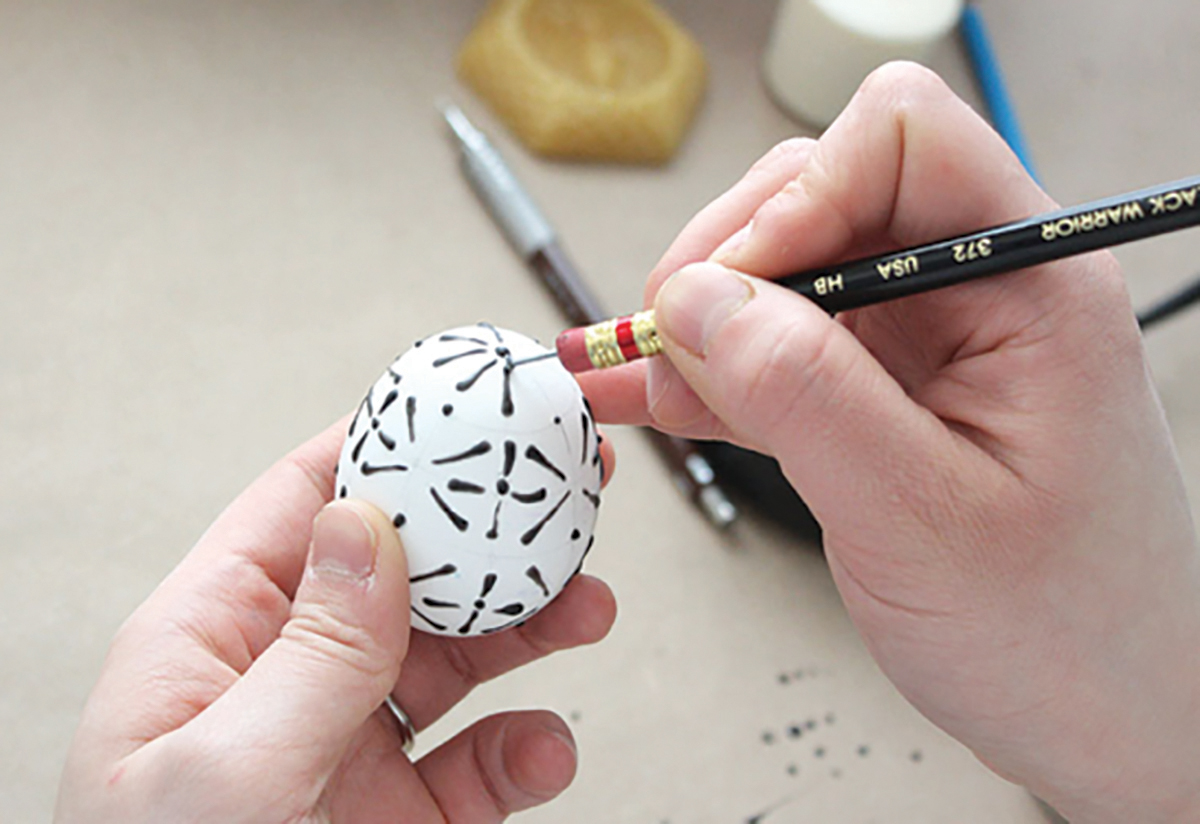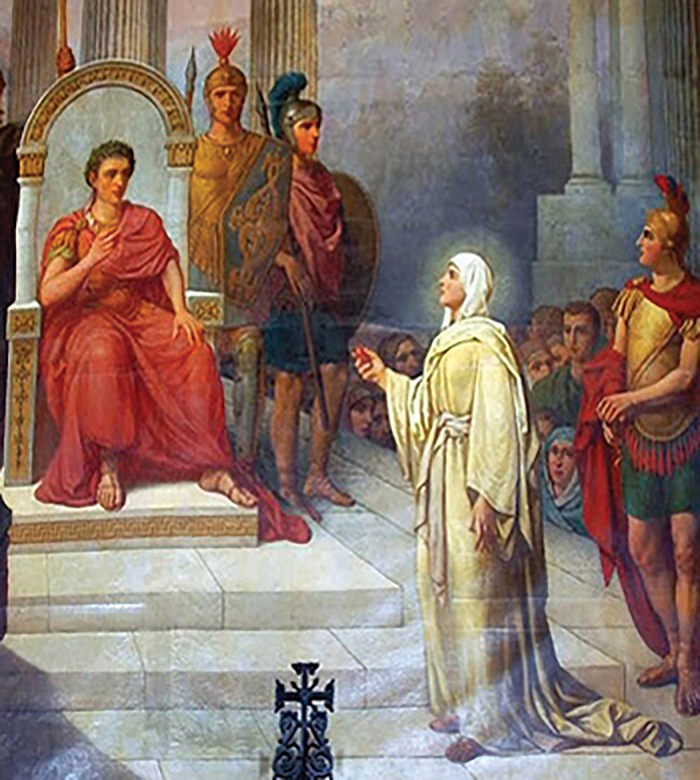Our Blog
April Spiritual Report

Dear Friends:
For the past fifteen years St. Gregory’s has had a very successful pre-Lenten event: Comedy Night. Every year we pack the church hall with parishioners and guests who come to enjoy clean humor and a good time. This year as part of our 15th anniversary, we had a special raffle which was announced by David Kaye, PGH’s King of Comedy and a good friend of St. Gregory’s. There was great anticipation about what this year’s “special prize” would be. Finally, the moment arrived, and the winner was announced. What was the special prize? A dozen of farm fresh eggs. Everyone had a good laugh, knowing that the reference was to the high prices of eggs and groceries in general. However, and more importantly, we were able to find the humor within a difficult situation and enjoy the company of one another in this pre-Lenten event, and that, in it of itself, is a WIN.
With Pascha-Easter being celebrated in our parishes and families, we get to celebrate a major WIN every year! The celebration of the defeat of death, as neither death itself nor the power of the grave could hold our Savior captive. In this victory that came through the Cross, Christ broke the bondage of sin, and through faith offers us restoration, transformation and eternal life.
I mentioned before that the special “prize” at St. Gregory’s Comedy Night was a dozen of eggs. For us, one of the most symbolic and beautiful Paschal-Easter customs is the practice of preparing, giving, and eating eggs. Most seem to take the idea of eggs for granted at Easter. Still, there is the fun in boiling and coloring them, and even more enjoyment in giving them to relatives and friends and cracking the eggs together as the greeting of the Holy Feast is said: “Christ is Risen! Christos Voskrese!” However, the real enjoyment of the Easter eggs comes only when the symbolism is realized, and its connection to Resurrection of Our Lord Jesus Christ is acknowledged.
The egg itself is a symbol of the Resurrection - while being dormant it contains a new life sealed within its walls. The idea of the egg as a symbol of fertility and of renewed life goes way back to the ancient Egyptians and Persians who had the custom of coloring and eating eggs during their spring festivities. This ancient idea of the significance of the egg as a symbol of new life readily became the symbol of the Resurrection of Christ to the people of the early Christian Church. In Christianity, the Paschal egg represents the sealed tomb in which the Precious Body of Our Lord and Savior Jesus Christ was placed after His Crucifixion - the shell being the sealed tomb having dormant life within its walls.
In Greece and the Middle East, the Christian faithful dye the eggs red because the Roman soldiers put on Jesus Christ a red cloak, as King of the Jews, while they were mocking and torturing Him.
According to another tradition, the first Easter egg was a gift from Saint Mary Magdalene to the Roman Emperor Tiberius. Shortly after Christ the Savior’s Ascension, Mary Magdalene came to Rome to preach the Gospel. In those times, people coming to see the emperor were supposed to bring him a present. Wealthy people used to bring jewelry, while poor people would bring what they could afford. Therefore, Mary Magdalene, once a noble and rich woman, who then lost everything except her faith in Christ Our Savior, offered to Emperor Tiberius a chicken egg and exclaimed: “Christ is Risen!” The emperor, doubting her words, noted that nobody could rise from the dead, and that it was as hard to believe what she had said as it was for a white egg to turn red. Tiberius was still saying those words when the egg began changing its color and turned scarlet.
Thus, from the very first century of Christianity, colored eggs have always been the symbol of Jesus’ Resurrection and, with it, purification in the name of a new and better life to the faithful followers of the Risen Lord. The eggs’ red color has always symbolized Christ’s blood, and at the same time, was the symbol of the Resurrection.
In many Slavic countries, egg decoration is widespread and practiced by many. The egg (like icons) is written (пьсати), not drawn or painted. This beautiful legacy continues nowadays in our parishes. Classes on how to create traditional Easter eggs-pysanky was once promoted by various former GCU lodges and is now sponsored by the parishes through the GCU Social Grant program.
My friends, keep our Pascha traditions – customs alive! But remember that all of our Easter traditions point to Our Risen Lord. The Resurrection of Jesus Christ is the fundamental truth and absolute fact of the Christian faith. It is the central experience and essential kerygma (proclamation) of our Holy Church.
As we celebrate this Bright and Holy Feast, I extend my prayerful best wishes to all of you. May you truly experience the love, joy and excitement of the Resurrection.
Christ is Risen! Indeed He is Risen!
Christos Voskrese! Voistinu Voskrese!
Fr. Valerian M. Michlik | Spiritual Advisor
